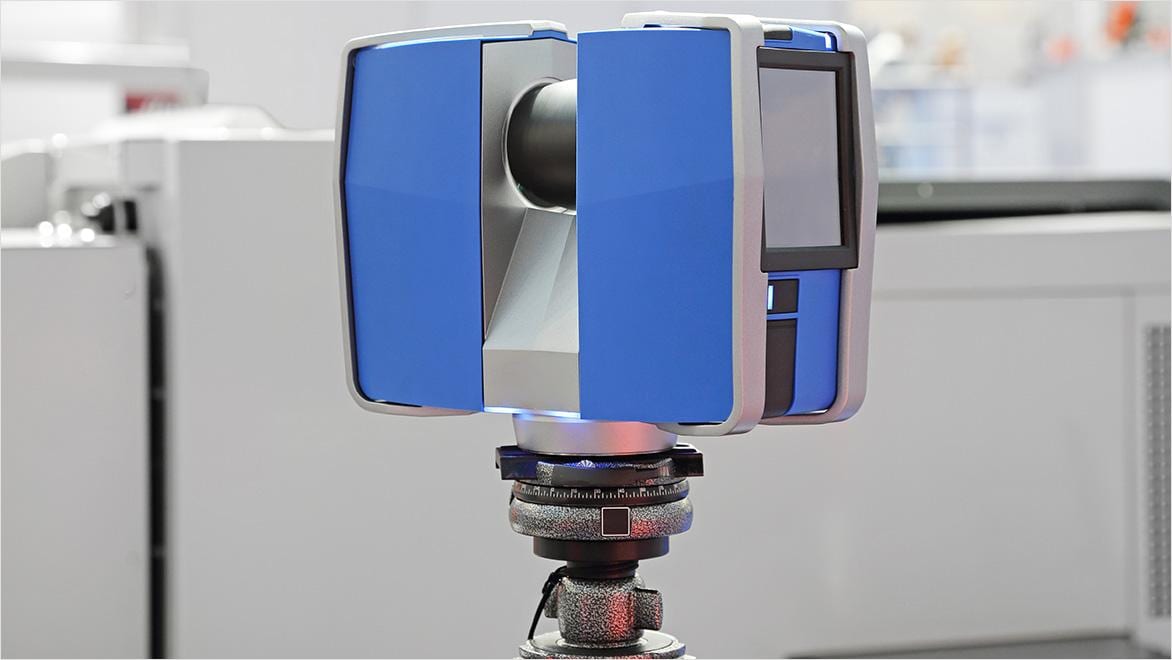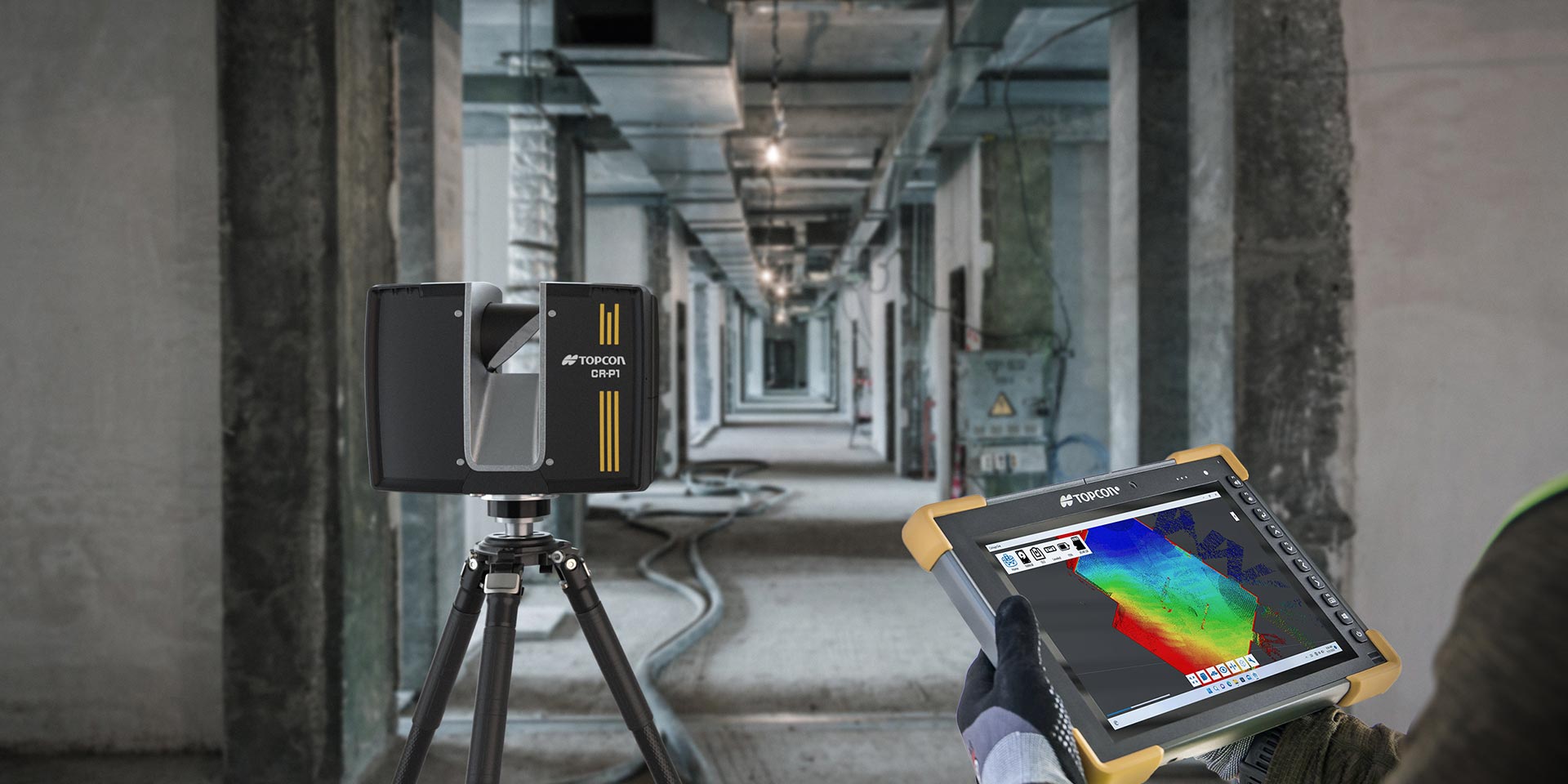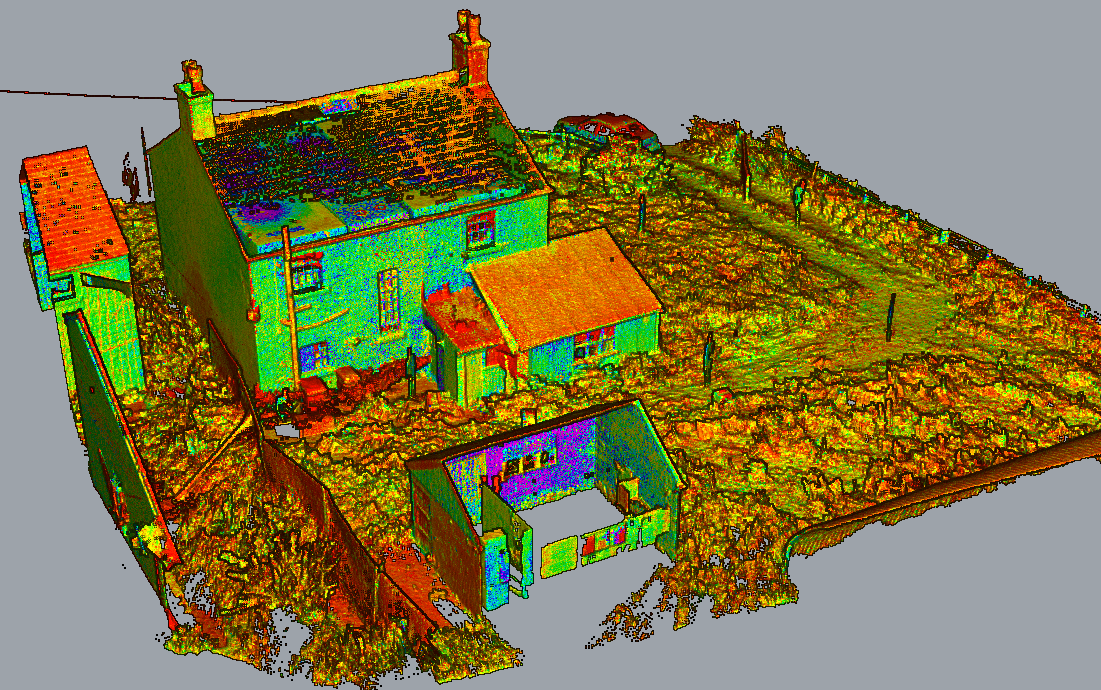How 3D Scanning Accelerates the Planning Phase
Wiki Article
Discovering the Applications of 3D Laser Scanning in Archaeology and Cultural Heritage Conservation
The assimilation of 3D laser scanning modern technology in archaeology and social heritage preservation notes a considerable development in how archaeological sites and artefacts are recorded and evaluated. This non-invasive method gives accurate spatial data, revealing complex information that were previously challenging to capture. As the applications of this technology proceed to develop, numerous ramifications for documentation, education and learning, and preservation arise, welcoming more expedition right into its transformative influence on the field.Recognizing 3D Laser Scanning Modern Technology
3D laser scanning modern technology has actually changed the field of archaeology by giving comprehensive and specific spatial information. This innovative innovation uses laser beam of lights to capture countless information factors from an object or website, creating a very accurate three-dimensional representation (3D Scanning). The resulting factor clouds can reveal complex information of historical sites, structures, and artifacts that might be undetectable to the nude eyeUtilizing this modern technology, archaeologists can document the specific dimensions, forms, and placements of things with unmatched accuracy. This technique lessens the danger of human error and gets rid of the requirement for comprehensive hands-on measurements. Moreover, the information accumulated can be examined and shared conveniently, facilitating partnership among researchers. By incorporating 3D laser scanning with GIS and other digital tools, excavators enhance their ability to visualize and translate historical contexts, causing deeper insights right into ancient cultures and environments.
Enhancing Historical Documents
3D laser scanning significantly boosts historical paperwork through its capacity to develop precise website maps. This technology promotes thorough artifact evaluation, offering understandings that traditional techniques might forget. Furthermore, it assures the conservation of contextual data, which is essential for recognizing the relationships within historical sites.Precise Site Mapping
While traditional mapping approaches usually deal with recording the detailed details of historical sites, progressed laser scanning innovation offers an advanced approach to precise site mapping. This technique allows archaeologists to create highly detailed and accurate three-dimensional representations of sites, showcasing topographical variations and structural functions with exceptional fidelity. The ability to record millions of information factors in an issue of mins permits for comprehensive paperwork, which can be quickly updated and shared among researchers. Additionally, laser scanning promotes the dimension of complicated geometries that would certainly be difficult to analyze making use of conventional tools. Consequently, this technology improves the accuracy of website maps, contributing significantly to the preservation and understanding of cultural heritage resources.In-depth Artifact Evaluation
Laser scanning modern technology considerably improves the analysis of archaeological artifacts, supplying researchers with unmatched detail and accuracy. This technique catches complex surface area appearances, measurements, and features that traditional documents techniques may neglect. By generating high-resolution 3D designs, scholars can carefully check out artefacts without the danger of damage integral in physical handling. This precision permits far better comparative researches, enabling experts to determine production methods, stylistic variations, and possible cultural significance. Moreover, the capability to manipulate and picture information in 3 dimensions promotes a much deeper understanding of artifact performance and use. Overall, laser scanning promotes a much more comprehensive approach to historical paperwork, guaranteeing that necessary information regarding artifacts is maintained for future study and education.Conservation of Contextual Information
Preserving contextual data is important for enhancing archaeological documentation, as it guarantees that searchings for are recognized within their initial ecological and cultural structures. 3D laser scanning modern technology greatly adds to this preservation effort by recording in-depth spatial connections among artefacts, frameworks, and their atmospheres. By creating specific 3D versions, excavators can record the exact locations and alignments of items in situ, assisting in a complete understanding of their context. This innovation allows researchers to review and examine sites long after excavation, maintaining the stability of contextual details. Furthermore, digital documents developed via scanning can be shared globally, cultivating collaborative research and public interaction. Eventually, maintaining contextual information with 3D laser scanning enhances historical stories and promotes an extra profound gratitude of social heritage.Conservation of Cultural Heritage Sites
As developments in modern technology proceed to evolve, the preservation of social heritage websites has actually ended up being increasingly dependent on ingenious methods such as 3D laser scanning. This modern technology permits the comprehensive documents of landscapes, frameworks, and artefacts, recording their accurate measurements and spatial connections in a non-invasive fashion. By creating high-resolution 3D versions, researchers can evaluate and keep an eye on degeneration patterns, allowing proactive conservation techniques.In addition, 3D laser scanning facilitates the sharing of detailed site data with the global community, promoting collaboration among guardians, excavators, and chroniclers. These versions function as very useful sources for education and learning and public involvement, elevating recognition of social heritage problems. The electronic records created can guard versus loss due to ecological elements, criminal damage, or overlook. Overall, 3D laser scanning represents a transformative strategy to the conservation of cultural heritage, making sure that these sites can be researched and valued by future generations.

Restoration and Reconstruction Efforts
The in-depth documentation attained with 3D laser scanning plays a significant duty in reconstruction and repair efforts within archaeology. This innovation gives specific measurements and high-resolution imagery, enabling precise electronic designs of structures and artefacts. These models offer as important referrals during reconstruction processes, allowing archaeologists to make and picture the original design notified choices regarding materials and techniques required for fixing.Moreover, 3D laser scanning facilitates the repair of harmed or shed aspects by developing thorough replicas. This process aids in guaranteeing that repairs preserve historical stability while also enabling innovative approaches to bring back sites. The capacity to analyze wear patterns and structural weaknesses via scanned website here information enhances understanding of a site's historic context and its usage gradually. Consequently, 3D laser scanning not only preserves the physical aspects of social heritage however also enriches the narrative of history, guiding future reconstruction undertakings.
Educational and Research Study Opportunities
The integration of 3D laser scanning in archaeology opens considerable instructional and research possibilities. Academic cooperations can enhance the understanding of ancient websites, while specialized training workshops gear up professionals with necessary skills for using this modern technology. With each other, these efforts foster a richer involvement with historical methods and methodologies.Academic Collaborations in Archaeology
Joint initiatives in archaeology have become progressively essential for progressing both instructional and research study possibilities. By promoting partnerships amongst universities, research establishments, and social heritage companies, these partnerships promote the exchange site of expertise and resources, enhancing the high quality of archaeological research studies. Joint projects frequently leverage varied experience, enabling for innovative techniques and complete evaluations, specifically in the application of modern technologies like 3D laser scanning. Such cooperations likewise advertise interdisciplinary strategies, engaging areas such as conservation, history, and geography science. In enhancement, academic collaborations commonly cause the advancement of brand-new curricula and training programs, preparing the future generation of excavators to efficiently use advanced technologies in their job. Eventually, these alliances contribute to the preservation and understanding of social heritage.Educating Workshops for Specialists
Educating workshops for professionals in archaeology are significantly vital for boosting skills in the application of advanced innovations such as 3D laser scanning. These workshops supply individuals with hands-on experience in utilizing advanced tools and software program, promoting a deeper understanding of information capture and analysis procedures. Professionals can learn to develop accurate electronic models of archaeological websites, which considerably aid in documentation and preservation efforts. In addition, these training sessions typically consist of discussions More about the author on ideal techniques and study, advertising knowledge exchange among participants. By buying continuous education, experts can remain upgraded on developing modern technologies, ultimately enhancing the effectiveness of their research study and social heritage conservation initiatives. This dedication to ability improvement is important for advancing the area of archaeology.Future Patterns in 3D Laser Scanning for Archaeology
As advancements in technology proceed to improve various fields, the future of 3D laser scanning in archaeology promises to enhance both the precision and efficiency of site documents and analysis. Emerging fads indicate a growing integration of expert system and artificial intelligence, facilitating automated data handling and analysis. This advancement will certainly enable archaeologists to evaluate complicated datasets much more quickly, leading to faster understandings right into historical contexts.In addition, the assimilation of drone innovation with 3D laser scanning is likely to expand, making it possible for thorough airborne surveys of historical sites that are hard to access. The raising price of scanning devices will democratize accessibility, equipping smaller institutions and independent scientists to make use of these devices effectively. In addition, advancements in online reality and augmented reality will certainly enable immersive experiences for public involvement and education, making archaeological findings much more available and interactive. These trends collectively signify a transformative future for archaeology, enhancing conservation initiatives and expanding the discipline's outreach.
Often Asked Questions
Just How Much Does 3D Laser Scanning Devices Price?

What Are the Limitations of 3D Laser Scanning?
The constraints of 3D laser scanning consist of high prices, prospective data handling difficulties, level of sensitivity to environmental conditions, and trouble capturing detailed details in complicated surfaces, which can affect the accuracy and efficiency of scanned representations. (3D Scanning)
Can 3D Laser Scanning Be Made Use Of Underwater?
Yes, 3D laser scanning can be utilized undersea, but it requires specific equipment and techniques to get rid of obstacles such as water distortion and restricted presence. Successful applications have actually been demonstrated in marine archaeology and undersea studies.How much time Does a Scanning Job Typically Take?
A scanning task commonly takes anywhere from a couple of days to several weeks, relying on the complexity and dimension of the location being checked, along with the prep work and post-processing requirements associated with the project.Are There Certain Software Application Needs for Processing 3D Scans?
Yes, certain software requirements for processing 3D scans include programs with the ability of handling big factor clouds, such as Autodesk ReCap, Cyclone, or MeshLab. These tools help with analysis, visualization, and integration right into various applications efficiently.The combination of 3D laser scanning technology in archaeology and cultural heritage conservation marks a considerable improvement in exactly how historic websites and artefacts are recorded and assessed. 3D laser scanning modern technology has actually transformed the field of archaeology by providing exact and detailed spatial information. As advancements in technology continue to advance, the conservation of cultural heritage sites has become progressively dependent on innovative techniques such as 3D laser scanning. As innovations in technology proceed to reshape various areas, the future of 3D laser scanning in archaeology guarantees to enhance both the precision and effectiveness of website documentation and analysis. The assimilation of drone modern technology with 3D laser scanning is likely to broaden, making it possible for detailed airborne surveys of historical sites that are difficult to access.
Report this wiki page